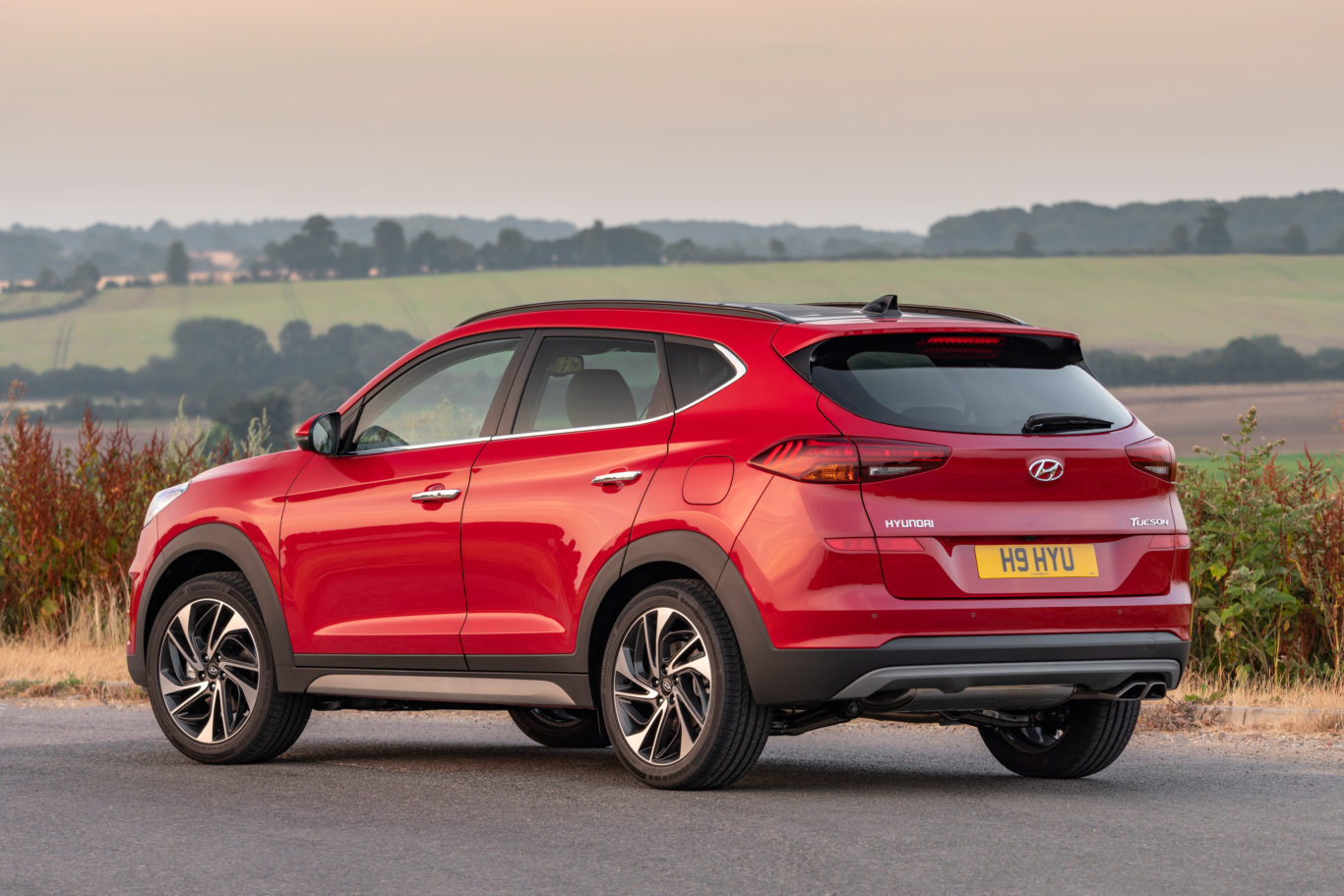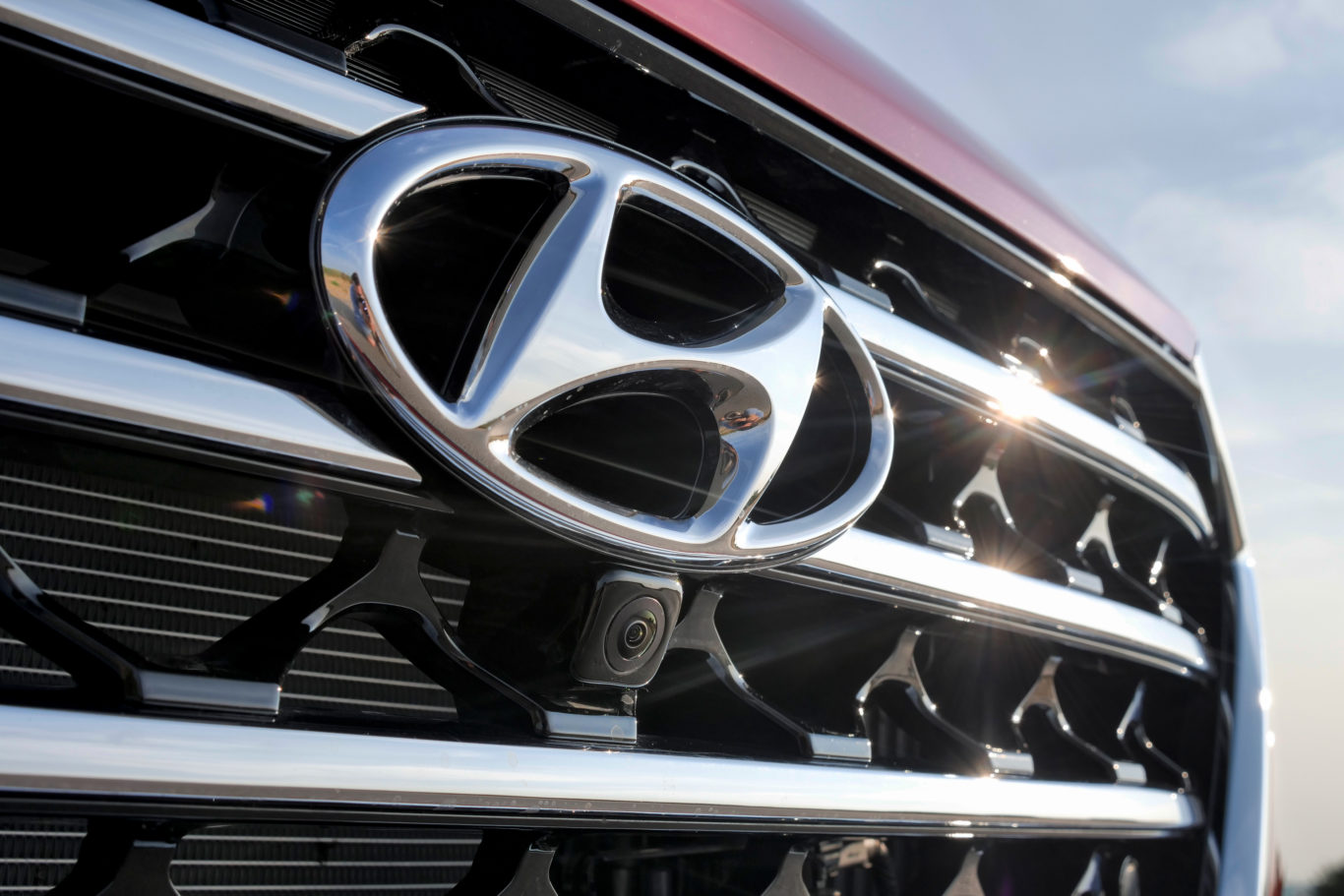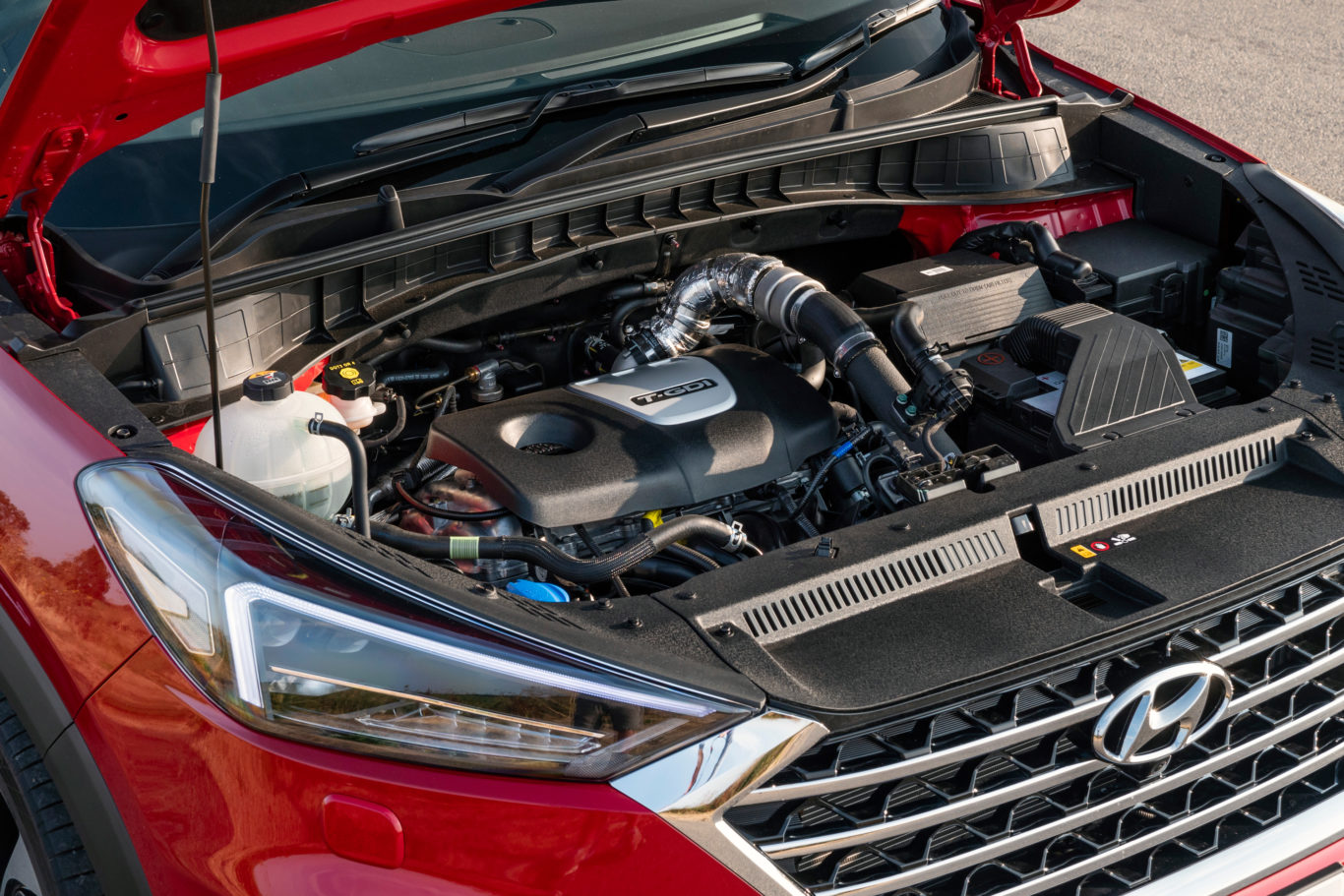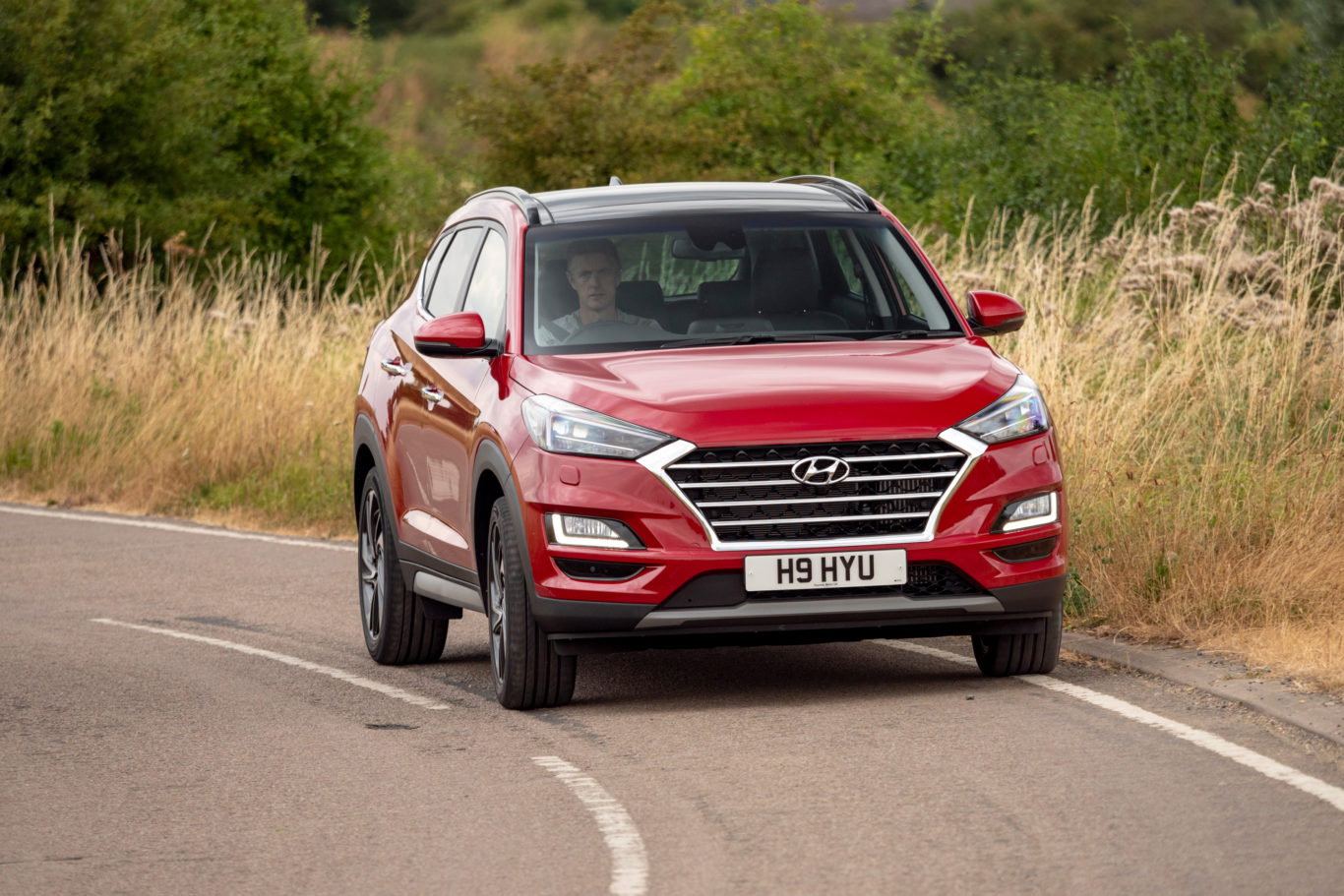First drive: The Hyundai Tucson is an accomplished, if unexciting crossover
Tom Wiltshire puts the latest version of Hyundai’s popular family crossover to the test

What is it?

You’re not really a car manufacturer without an SUV in the portfolio, but luckily for Hyundai it has some form in this area. The Tucson is just the latest product in a line dating back to the early 90s. Hyundai SUVs tend to be capable, yet forgettable, but the brand’s latest crop of cars have been a little more stylish and emotive. Can the recently facelifted Tucson continue this trend?
What’s new?

While an all-new mild-hybrid powertrain is available, we’re not actually driving it here. However, all cars gain a new ‘cascading’ front grille, new headlights and new bumpers, giving it a smart new fascia.
The interior’s received a major redesign, too, with a floating infotainment display, a less button-heavy centre stack and revised materials for a plusher feel.
Finally, smart new alloy wheel designs are available, ranging from 17-inches on entry-level models right up to 19-inches.
What’s under the bonnet?

There are a range of revised powertrains including a pair of 1.6-litre petrols, two 1.6 diesels and a 2.0-litre diesel – plus that all-new mild-hybrid 2.0-litre diesel. Our car had the entry-level diesel powertrain, however – a 1.6-litre unit producing a modest 113bhp.
Given the Tucson’s size, it’s not actually as gutless as it sounds – it gets up to motorway speeds without much drama and cruises effortlessly. There’s not much power in reserve for overtaking, though, and for peace of mind we’d be tempted to step up to the 134bhp version of the same engine.
Economy is decent at around 50mpg on a long run, and it settles down to a refined grumble at a cruise. It’s rather agricultural on start-up, however.
What’s it like to drive?
Though some fairly powerful engines are on offer, as well as four-wheel drive, the Tucson is never exciting to drive. Instead, it majors on comfort, which it does very well. Our entry-level model was equipped with 17-inch alloy wheels, giving a generous amount of tyre sidewall to absorb bumps and potholes, while squishy suspension makes mincemeat of poor surfaces.
The payoff is a rather wallowy experience in the corners, and a floating sensation on undulating faster roads which might make kids in the back a little queasy. It’s certainly not the sharp driving experience you’d get from a Seat Ateca, for instance.
How does it look?

Though the newly facelifted Tucson does look smart, it’s still rather anonymous both inside and out. The bold Hyundai family face gives it a clear connection to the likes of the i30 and all-new Santa Fe, while the alloy wheel designs on higher trim levels are sleek and attractive. The flat blue paintwork and small 17-inch alloys of our test car don’t look quite so premium, however.
What’s it like inside?

Crossovers intended for family use have to be super-practical, and the Tucson doesn’t disappoint here with a spacious and flexible interior and bags of room. The split-folding rear bench isn’t quite as clever as the VarioFlex seats in a Skoda Karoq, but they fold down easily to increase the boot from an already-impressive 488 litres to a cavernous 1,503 litres.
When you’re using them for passengers, they’re also fairly good. There are two Isofix points to prevent your children sliding all over the backseat, and plenty of leg- and head-room for all occupants.
Material quality is excellent too – a step down in plushness from a VW Tiguan, but easily on par with the Nissan Qashqai. Everything feels well screwed together too.
What’s the spec like?

Trim levels start with entry level SE Nav, which as the name suggests offers sat-nav alongside LED rear lights, 17-inch alloy wheels, roof rails, dual-zone climate control and cruise control.
Stepping up to Premium adds some glitzy chrome to the grille, brings electric adjustment for both front seats and adds some more safety kit, while Premium SE cars have ventilated front seats, a panoramic roof, powered tailgate and keyless entry.
Verdict

The Tucson won’t attract keen drivers but ought to be a hit with families thanks to its super-practical interior and comfortable drive. However, it’s no longer the bargain Hyundais once were, and so has to be considered alongside some very talented competition. The Skoda Karoq, for example, is bigger and more practical still, while the Seat Ateca is better to drive. Not to mention, the Tucson’s sister car, the Kia Sportage offers the same package with a longer warranty. It should still be on your list to consider, though.





